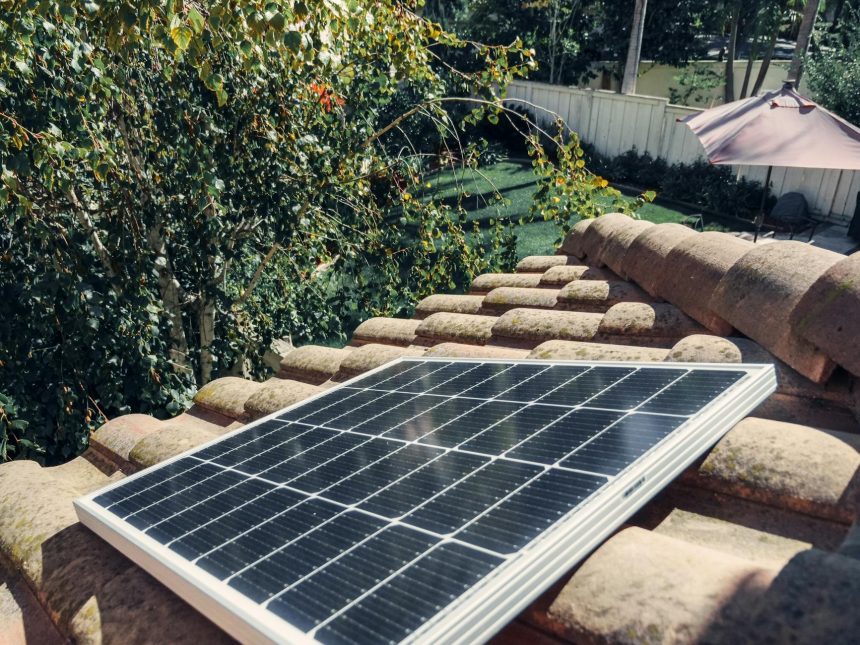nuclear power solutions
Nuclear Power: A Key Player in Energy Storage
nuclear-power-energy-storage
Nuclear Power: A Key Player in Energy Storage
The global demand for reliable and sustainable energy is soaring, pushing innovation in how we store and distribute power. While often discussed for its electricity generation capabilities, the role of nuclear power in advanced energy storage systems is a rapidly evolving and crucial area. This article delves into the exciting intersection of nuclear energy and cutting-edge storage technologies, highlighting how these powerful systems are shaping a cleaner energy future.
The Evolving Landscape of Nuclear Energy
For decades, nuclear power plants have been a cornerstone of baseload electricity generation. However, the future of nuclear energy extends far beyond traditional power generation. Modern advancements are integrating nuclear’s inherent stability and high energy density with sophisticated battery energy storage systems (BESS) and other innovative solutions. This synergy promises to address the intermittency challenges faced by renewable sources like solar and wind, providing a consistent and dependable power supply.
Advanced Reactor Designs and Storage Integration
Next-generation nuclear reactors, such as Small Modular Reactors (SMRs), are being designed with flexibility in mind. Their ability to ramp up and down quickly makes them ideal partners for large-scale energy storage. This allows excess energy generated during low demand periods to be stored, and then released when demand spikes or renewable output dips.
These advanced reactors can also be coupled with various storage technologies:
- Battery Energy Storage Systems (BESS): Large-scale battery farms can absorb surplus nuclear-generated electricity, stabilizing the grid and improving overall efficiency.
- Molten Salt Reactors (MSRs): Some MSR designs inherently operate at high temperatures, making them suitable for direct integration with thermal energy storage systems.
- Hydrogen Production: Nuclear power can be used to produce hydrogen through electrolysis, a clean fuel and a versatile energy storage medium for the future.
Benefits of Nuclear Power in Energy Storage
The integration of nuclear power with energy storage offers a compelling suite of advantages for a sustainable energy grid.
Grid Stability and Reliability
One of the most significant benefits is enhanced grid stability. Nuclear power provides a constant, predictable energy output, acting as a stable foundation. When paired with storage, it can effectively buffer fluctuations from other energy sources, ensuring a consistent power supply around the clock.
Decarbonization Efforts
Nuclear power is a carbon-free energy source. By leveraging its capabilities in energy storage, we can further reduce reliance on fossil fuels, significantly contributing to global decarbonization goals and combating climate change.
Economic Advantages
Long-term, cost-effective energy storage solutions powered by nuclear energy can lead to more stable electricity prices. The high capacity factor of nuclear plants, combined with efficient storage, minimizes operational costs and maximizes energy utilization.
The Future of Nuclear Energy Storage
The synergy between nuclear power and energy storage is not a distant dream but a present reality with immense potential. Research and development are rapidly advancing, paving the way for even more integrated and efficient solutions.
Innovations on the Horizon
Future developments are likely to include:
- Even more compact and modular reactor designs optimized for grid-scale storage.
- Advanced battery chemistries with higher energy density and longer lifespans.
- Sophisticated grid management software that intelligently balances nuclear generation, renewable input, and storage discharge.
- Further exploration of hydrogen as a long-term energy storage solution powered by nuclear electricity.
The strategic deployment of these technologies will be critical in building a resilient, low-carbon energy infrastructure capable of meeting the demands of the 21st century and beyond. For more insights into grid-scale energy storage, explore resources from the U.S. Department of Energy’s Energy Storage Grand Challenge. Additionally, understanding the broader context of energy infrastructure development can be found through the International Energy Agency (IEA).
Conclusion
Nuclear power is proving to be an indispensable component in the evolution of energy storage. Its inherent reliability and carbon-free nature, when coupled with advanced storage technologies, offer a powerful solution for grid stability, decarbonization, and economic efficiency. As we look towards a future powered by clean and dependable energy, the role of nuclear power in energy storage will only continue to grow.
Discover how these groundbreaking innovations are shaping the future of energy. Share your thoughts on the potential of nuclear power in energy storage!
Featured image provided by Pexels — photo by Kindel Media








